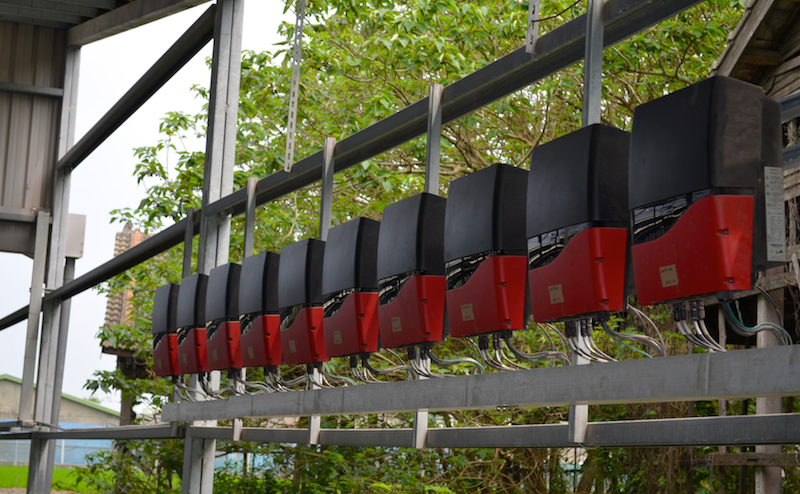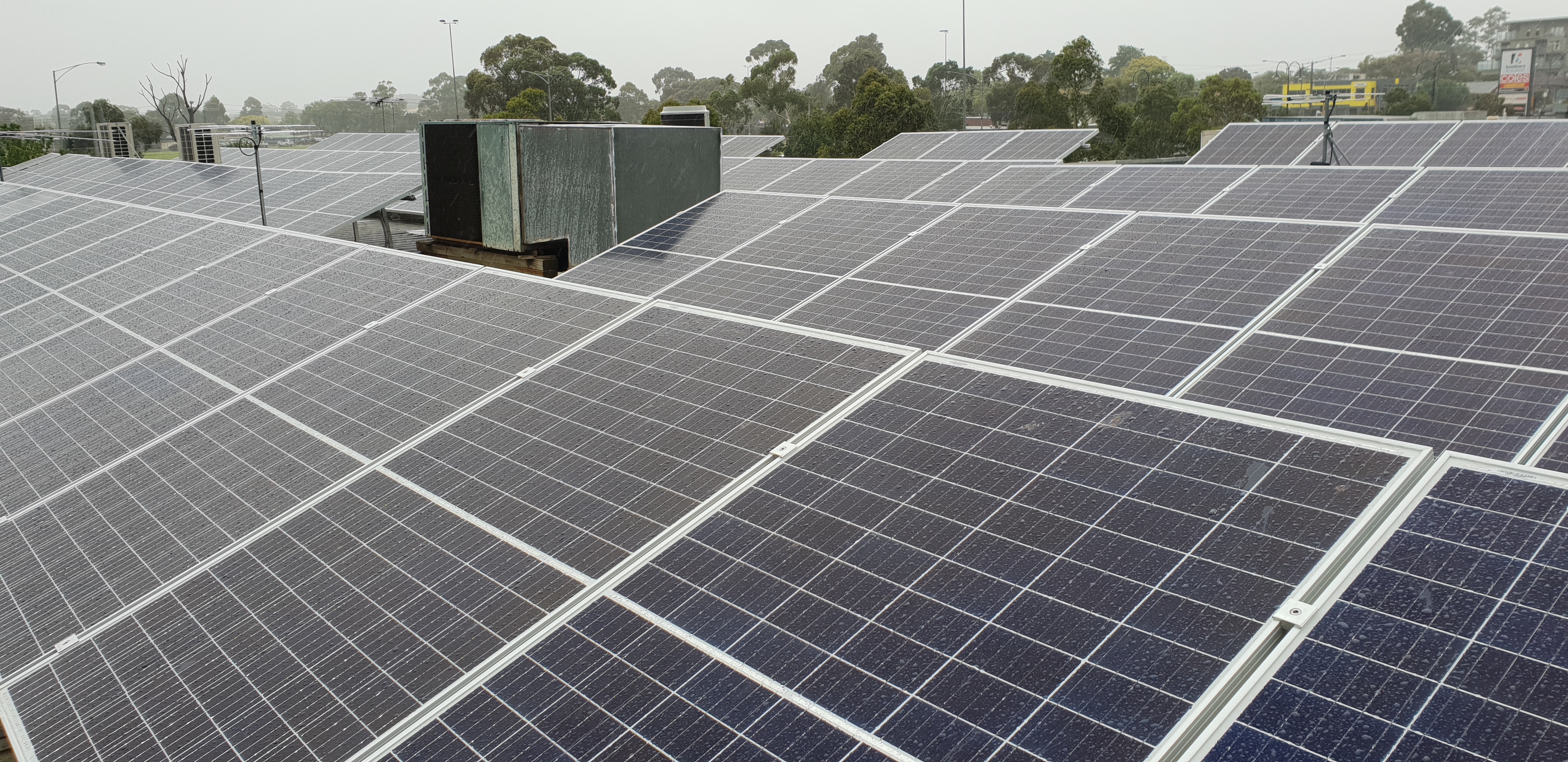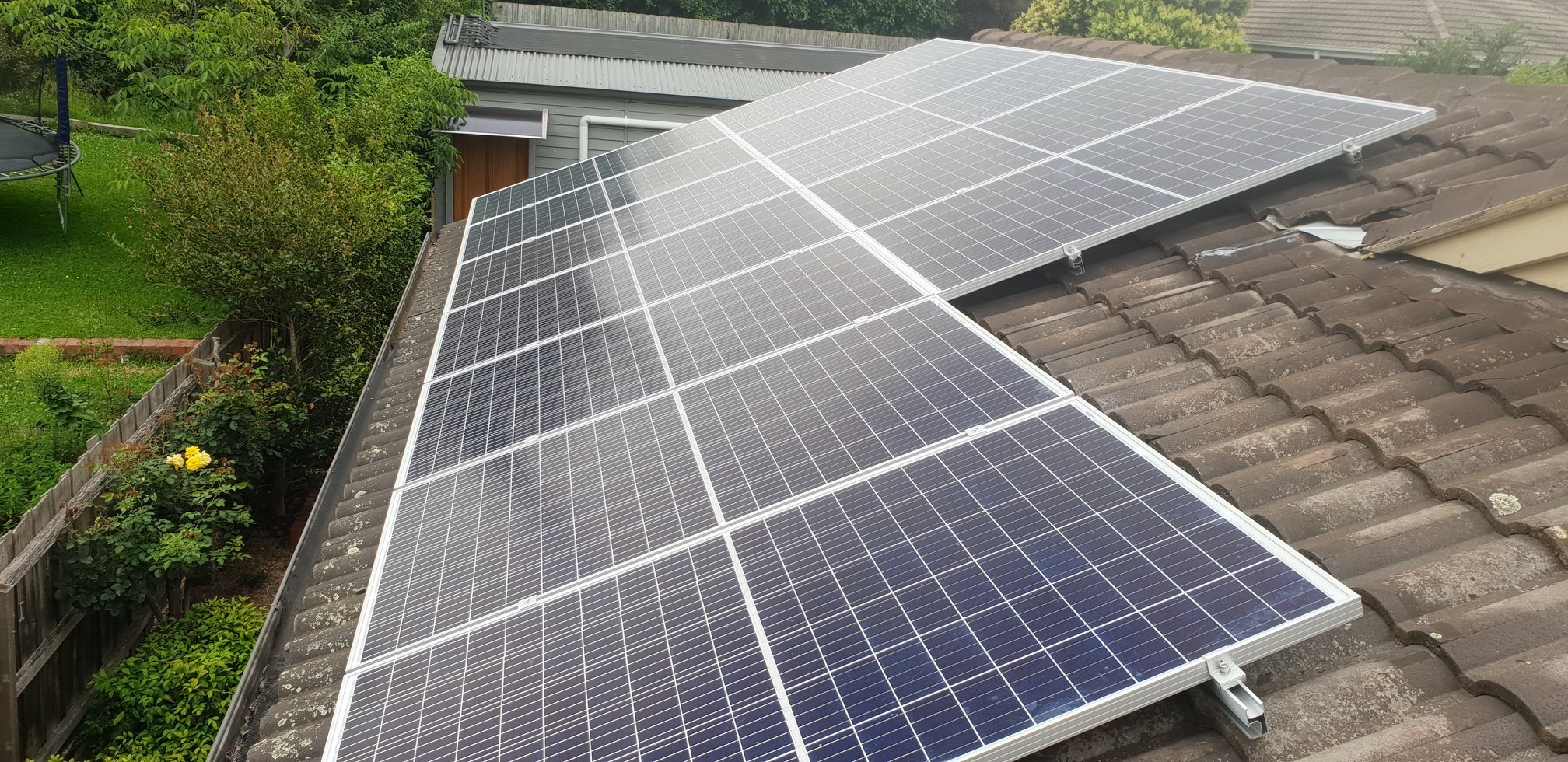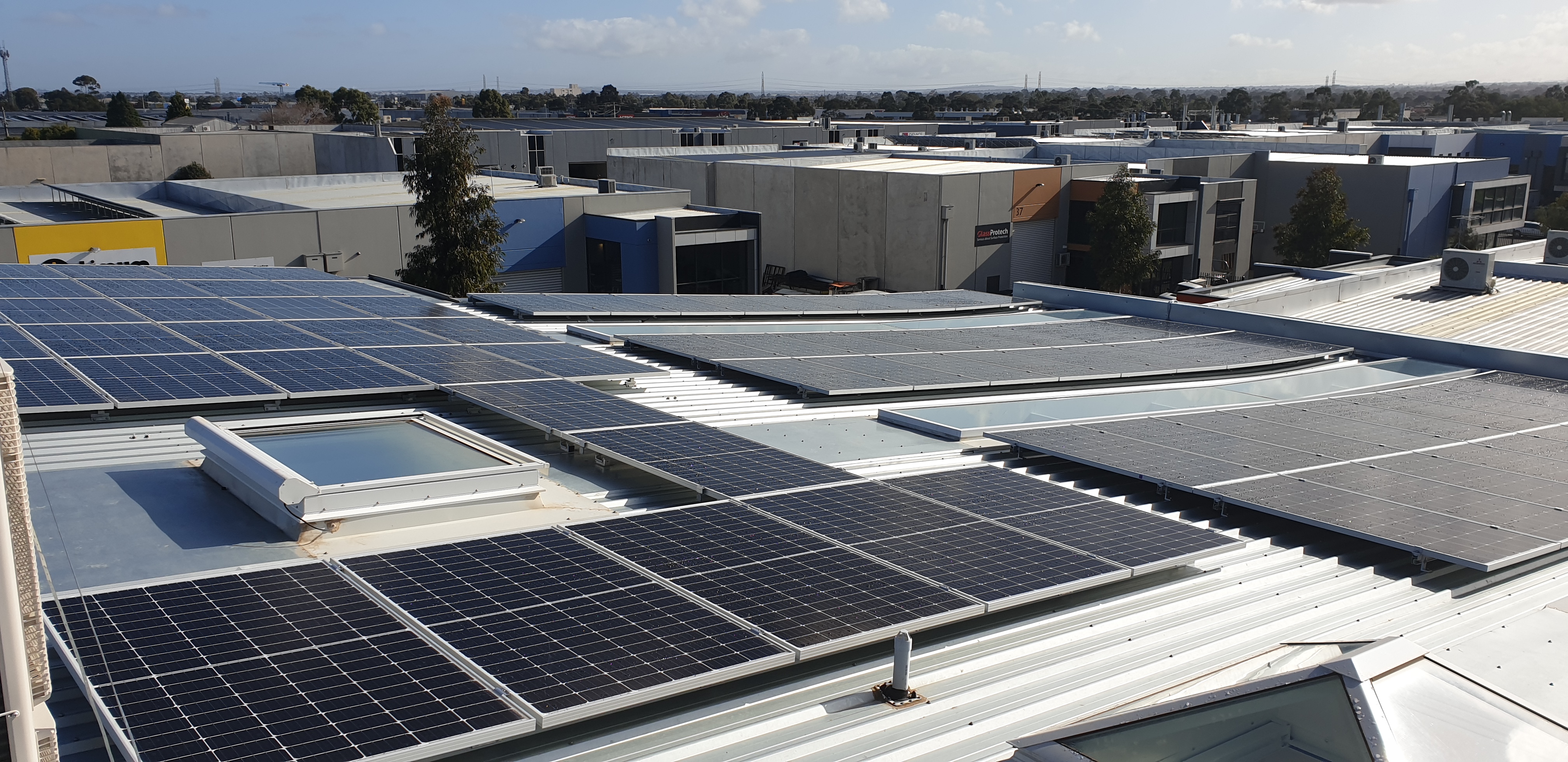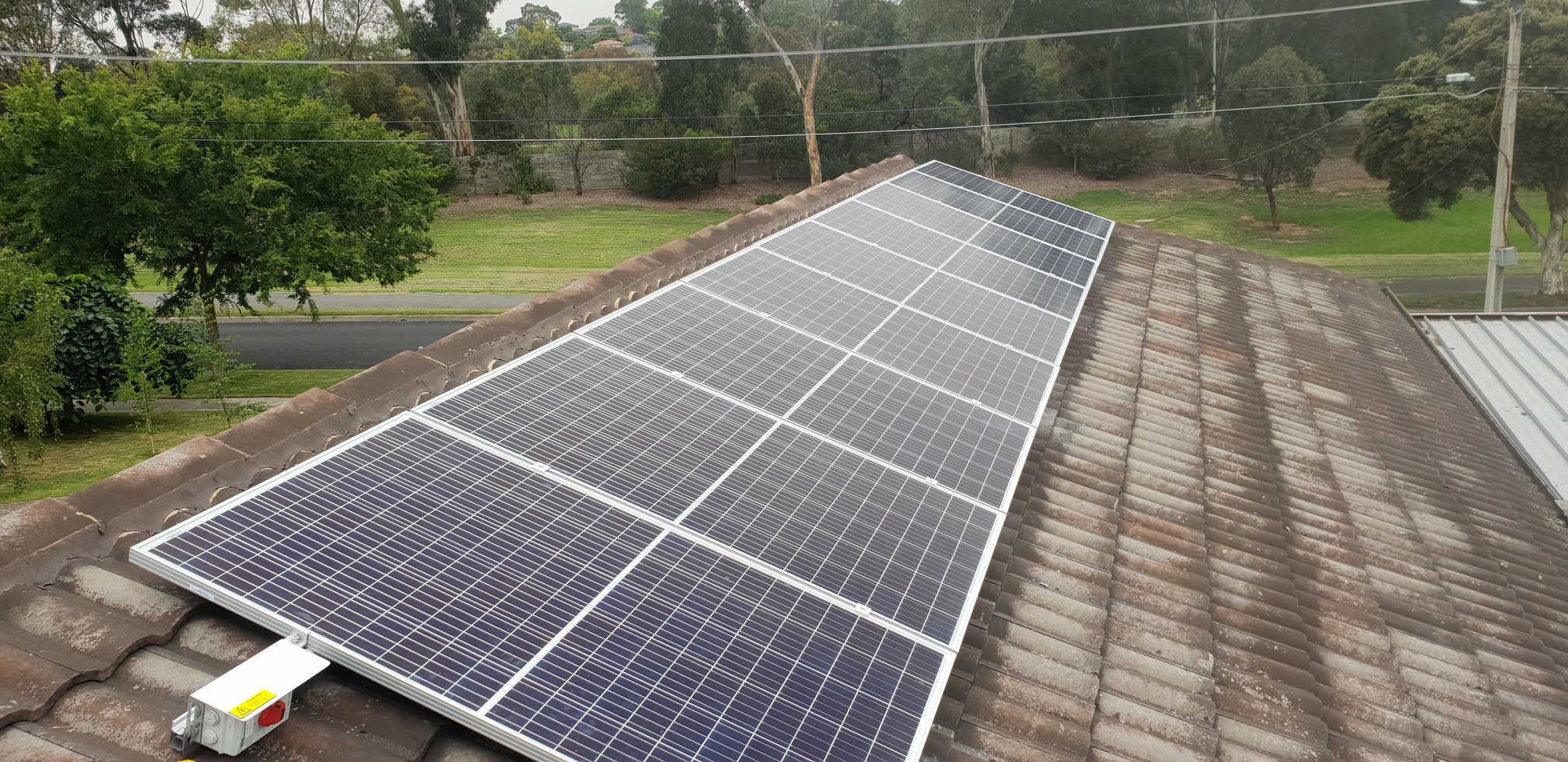Battery Standards
ABOUT
For all solar battery storage system installations in Australia, there are a set of standards and regulations that need to be followed. This article aims to shed some light on what these standards entail and what you should know if thinking about installing a solar battery storage system.
WHAT IS/ARE THE RELEVANT STANDARD/S THAT MUST BE ADHERED TO?
The relevant standard for battery storage installations in Australia is the AS4029. This standard is broken up into three sections, AS4029.1, AS4029.2, and AS4029.3.
These standards aim to achieve an acceptable level of safety across the board in Australian systems by enforcing a set of requirements upon each battery installation.
These rules are designed by a committee of professionals across a variety of fields that have a vested interest in battery storage technology. These rules were then approved by the Council of Standards Australia, making them enforceable.
In essence, these standards are only out there to ensure that battery systems are installed safely.
Things such as ensuring spill trays are present in the case of an acid leak and building battery enclosures to minimize the risk of contact are outlined in the standard.
AGING OF THE STANDARD
The relevant standard was actually published in 1994, though many things in battery technology have changed between then and now. Firstly, the standard only makes mention of lead acid type batteries.
Many of the safety requirements for lead acid and newer consumer battery storage technology such as Lithium-Ion are different. As these battery chemistries have different safety issues, one blanketing set of regulations is unlikely to fit both of these completely effectively.
For the reasons mentioned above, it is highly likely that a new, updated set of regulations and standards will be introduced over the next few years. With the increasing demand for battery storage of all chemistries, there will undoubtedly be pressure for the standard to be changed to reflect the current state of the technology.
WHAT DOES ALL OF THIS MEAN TO YOU?
In short, there is not a whole lot of responsibility upon the consumer. Any responsible qualified installer will have extensive knowledge of the required safety regulations and ensure that everything is taken care of.
Typically in an installation, an inspector will need to come out and confirm that the relevant standards have been adhered to. If a system does not get the tick of approval from a qualified inspector, the installer is responsible and must rectify any issues at their own expense.
To see our range of solar batteries, click here.
To see our range of solar hybrid packages, click here.
For more information, contact us.


